PRODUCT
Discover Your Quantum Edge
The full-stack error-aware system that paves a faster, scalable path to quantum advantage and commercially viable quantum computing.
There’s functional quantum computing,
and then there’s trusted quantum computing…
We believe in trusted quantum computing. There is a difference. We are accelerating the path to fault-tolerant systems that deliver stable, repeatable, and consistent results. Not one time. But many times, over and over. We ignore the inertia of qubit arms races from other vendors and focus on what matters – finding the best path to quantum systems that are commercially viable.
Quantum Circuits provides a full-stack system with error detection built into the hardware at the qubit level. The system is based on a better, more powerful Dual-Rail Cavity Qubit that leapfrogs conventional single qubit approaches, which are inherently inefficient or limited in scale. A Quantum-as-a-Service offering allows programmers to use Quantum Circuits’ powerful SDK to build applications and simulate them before running on actual production hardware.
Aqumen Seeker
Aqumen Seeker is the industry’s first Dual-Rail Cavity Qubit quantum computing system. It offers core operations expected of any universal quantum computing system. Error detection is built into the very fabric of the dual-rail qubit architecture, providing a rich features that include quantum error detection, real-time control flow, and error detection handling.
- Dual-Rail QPU using superconducting technology with world-class performance metrics
- Universal gate-based QPU for single-, two-qubit gates like sqrt(X), Z, CZ
- Fast throughput, gate speeds, and QPU clock rate – execution speeds exceed clock rates of trapped ion and neutral atom modalities up to 100x-1000x
- Built-in error detection boosts system fidelity, performance
- Leverage error-detected data for new hybrid quantum, ML & AI applications
- Custom analysis of error-detected results for novel error correction techniques with erasure qubits
- Full software stack offers cloud access to QPU, simulators, job monitoring tools
- AquSim simulator models real-time dynamics of errors, with advanced control flow
- QCDL language enables unique RTCF & EDH Features




Simulator
Quantum Circuits provides a simulator that allows users to prototype and test quantum applications before they are deployed on production hardware. Programmers can leverage built-in error detection capabilities and improve algorithm performance, enhancing the efficiency of building viable quantum applications.
Quantum Circuits provides two classes of quantum simulation –
noiseless and DRQ.
- The noiseless simulator is perfect for prototyping algorithms quickly as it returns ideal results. It features real-time control flow, enabling advanced algorithms to be designed and tested quickly.
- The DRQ version offers advanced capability, including, QED, EDH, and a noise model that incorporates erasures. It offers visibility into how the algorithm will perform on an actual QPU. Users can prototype and validate the most advanced quantum applications and exercise the API to its fullest prior to running on a QPU.
The Aqumen Cloud Service
The Aqumen Cloud Service (ACS) is an out‑of‑the‑box Quantum‑as‑a‑Service that delivers a seamless platform for users to run, analyze, and explore cutting‑edge quantum applications. ACS provides tools to compile, simulate and execute quantum applications. It provides users with access to QPUs and simulators to craft and execute quantum programs. The Aqumen Cloud Portal is a central point of access to the ACS.
![]()
Centralized Access
![]()
Real-time Insights
![]()
Feature-rich Interface



Aqumen SDK
The Aqumen SDK is a collection of Python libraries, documentation, and examples that empowers users to execute quantum applications on Quantum Circuits QPUs and Simulators. Its QCDL programming environment offers maximum flexibility, unlocking a rich feature set, real-time control options, and error management with EDH. The SDK connects users to the Aqumen Cloud Service (ACS). Everything submitted through the SDK can be monitored via the Cloud Portal, enabling a seamless, efficient, and transparent workflow experience.
Quantum APIs
Users have three options to write quantum programs.
QCDL
A flexible, feature-rich quantum programming environment for writing advanced applications with Quantum Circuits’ error detection and real-time control. Only QCDL harnesses powerful Dual-Rail Qubits with RTCF and EDH. Specified in Python, QCDL easily integrates with the Aqumen SDK and Cloud. Specify any applications – from simple test examples to advanced error-correcting codes using Quantum Circuits’ full features.
Qiskit
A lightweight version of the SDK that runs off of Qiskit rather than QCDL. It does not support real-time control features or error management with EDH. However, it offers a quick way to validate existing quantum algorithms or prototype new ones in a quantum framework that may be more familiar. Simple starter programs can be submitted to ACS with the Qiskit Provider to execute standard quantum applications.
CUDA-Q Integration
Users can explore NVIDIA’s CUDA-Q quantum programming language on the Seeker QPU to craft cutting-edge applications using dual-rail systems for the first time. As the world’s first and only integration of dual-rail qubit systems with CUDA-Q, users can leverage universal gates, high performance, and fast execution times for a unique quantum programming experience. Execute CUDA-Q applications on the Seeker QPU and model their execution using the AquSim simulator. Follow-on releases will include real-time control flow options and enable users to leverage the augmented data support offered through error awareness. Visit our documentation page on CUDA-Q, or reach out to us about our SQR program to get started.

Explore With Us
Hold a candle, and you see it clearly. Place it 100 yards away, and you see a flicker. Put it on the moon, and it vanishes from eyesight. That’s how difficult it is to detect a single error. But Quantum Circuits’ machines can still do it with precise error detection at the qubit level. We lead in delivering powerful, scalable qubits with built-in error detection.
Don’t miss the next tech wave. Quantum Circuits invites you to join our Alpha Program and execute quantum applications on our hardware with error detection. It’s a pragmatic, methodical way to accelerate your own path to commercial quantum applications. Start now.
Contact Us
The path to fault-tolerant, commercial-ready quantum computing starts now. Explore with us. Learn more about our technology, products, or customer partnership program. We look forward to meeting you.





